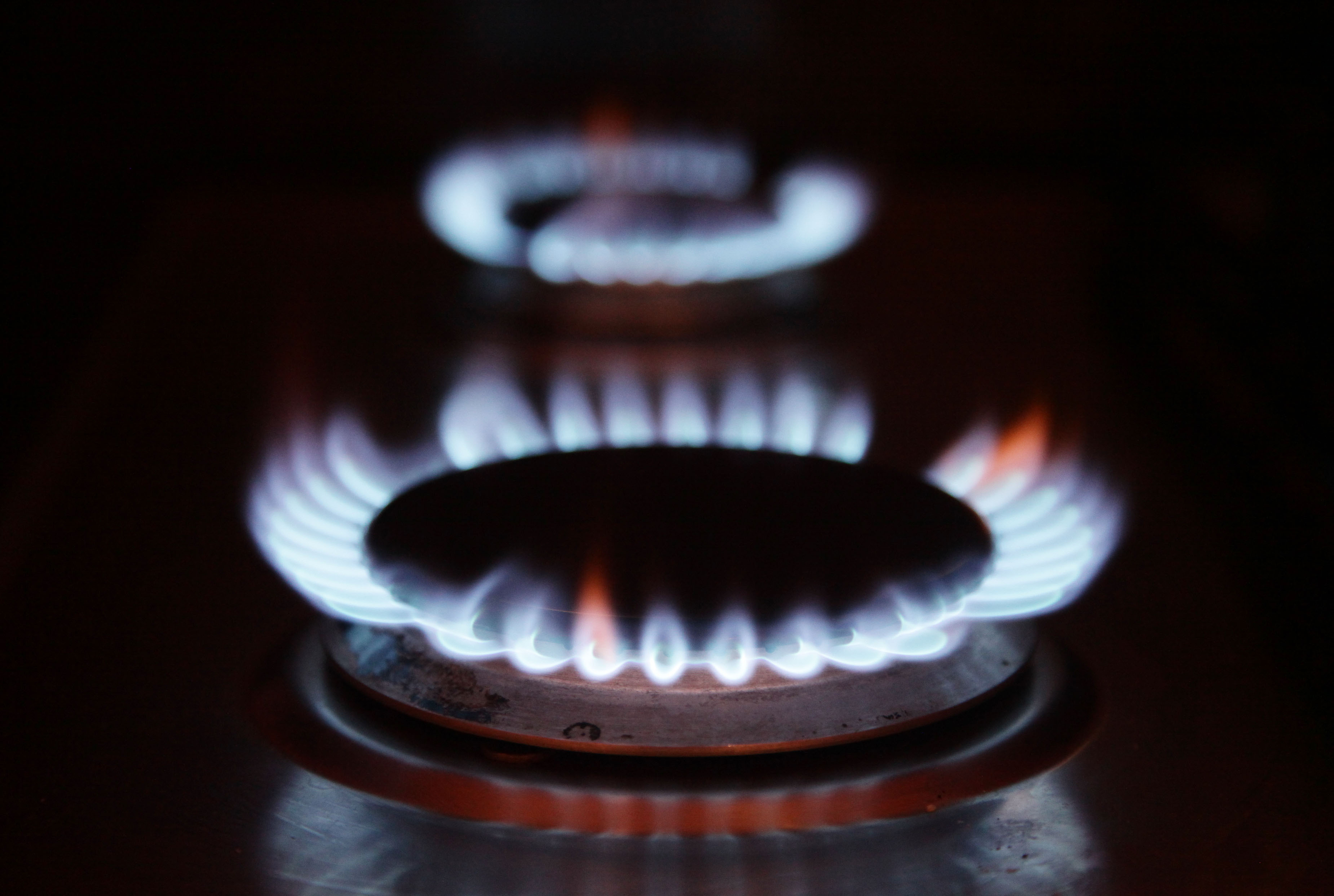
Energy bills are unaffordable for more than one in 10 Scots, according to a report by Citizens Advice Scotland (CAS).
The survey of 3,505 people found 12% consider energy prices too expensive, with increasing numbers of consumers switching to smaller, cheaper suppliers.
More than a quarter of respondents (26%) said they switched their energy supplier in 2019, up from 21% when CAS began its reports on the state of the energy market in 2017.
Half of all those who switched providers used a price comparison website, resulting in just 16% opting for any of the so-called big six energy companies.
Although British Gas retains the largest proportion of customers at 18%, followed by ScottishPower at 16% and SSE at 15%, the percentage of people using one of Scotland’s six largest companies fell from 75% to 67% between 2017 and 2019.
Dr Jamie Stewart from CAS said: “This major report gives us a really useful insight into the state of the energy market in Scotland which policymakers in Government and industry may wish to consider.
“It’s notable that more than one in 10 consumers feel their bills are unaffordable.
“Our report highlights the key divide in the nation, with some appearing to manage the cost of energy while a significant proportion of society continue to struggle.
“We strongly believe that more needs to be done to ensure that the essential service of energy is affordable for everyone in Scotland.”
The report also found fewer Scots are using electricity to heat their homes, with a shift towards gas – the most popular primary source of heat, accounting for 73% of homes.
Use of electric heating as the primary source of heating was highest in Glasgow, where 22% of respondents use it, and north-east Scotland, where 20% reported it as their primary heat source.
Dr Stewart added: “The small fall in people using electricity and the increase in gas usage should also be considered carefully by policymakers.
“As mains gas remains the cheapest way to heat homes for most people, policymakers will have to make tough decisions about how we decarbonise household heating and how to support people with the associated costs.”
Almost half of consumers could qualify for extra support with their energy supply through the priority service register but only a quarter of consumers are enrolled in the scheme, according to CAS.
Consumers aged over 65, vulnerable people and those with disabilities or mental and physical ailments are eligible for the Ofgem-run service which provides priority support during power cuts and more-flexible meter-reading and payment arrangements.
“It’s also concerning to note too that only a quarter of consumers were enrolled in the Priority Service Register when nearly half were eligible,” Dr Stewart said.
“This is a vital scheme which delivers better support for vulnerable customers and more needs to be done to promote it.”

Enjoy the convenience of having The Sunday Post delivered as a digital ePaper straight to your smartphone, tablet or computer.
Subscribe for only £5.49 a month and enjoy all the benefits of the printed paper as a digital replica.
Subscribe